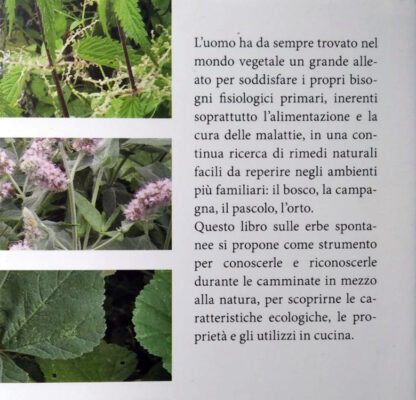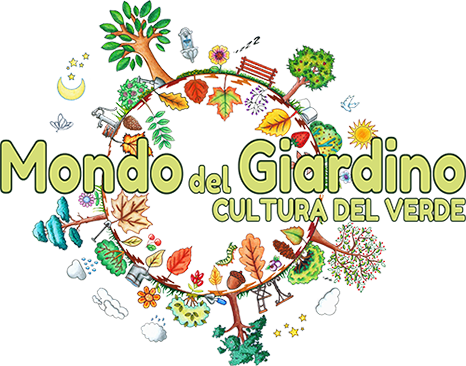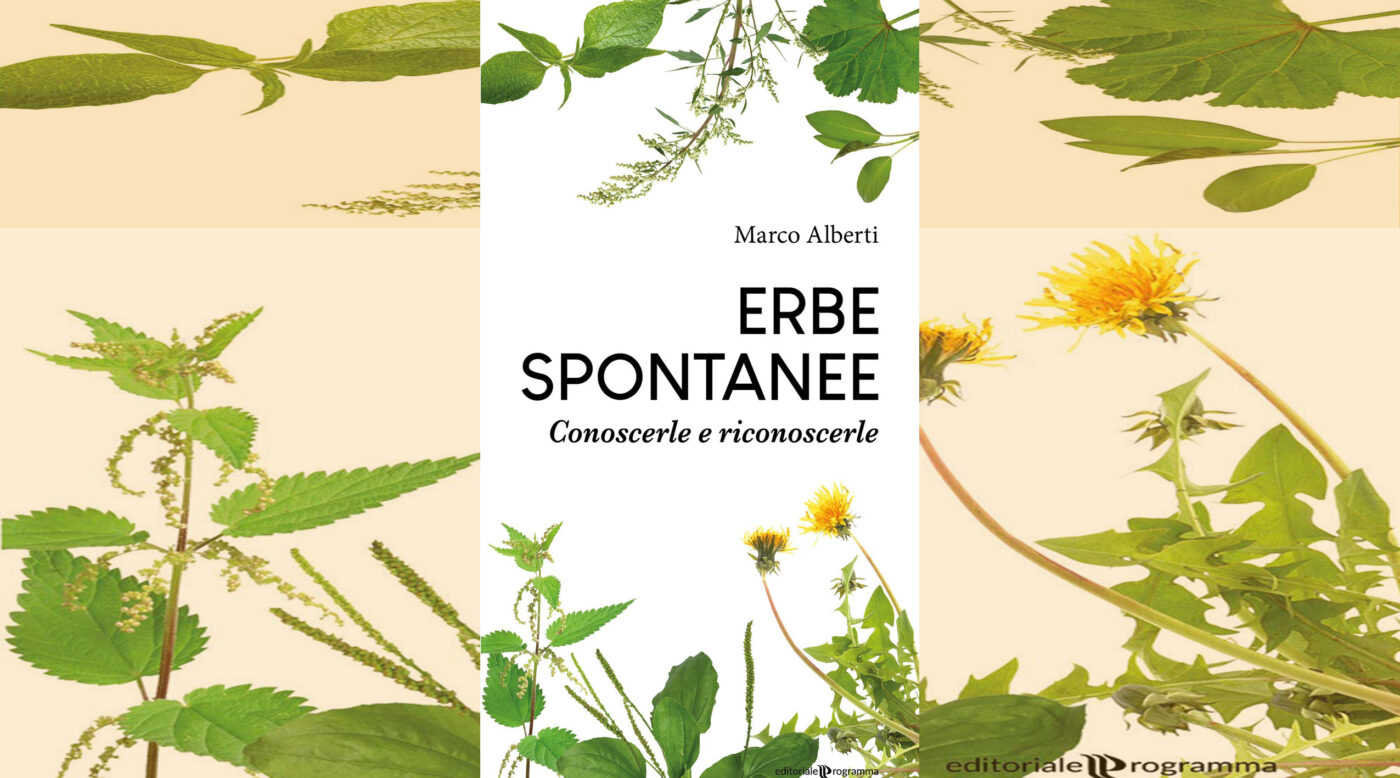Let’s start by answering the simplest question: where are wild herbs found?
Wild herbs can also be found under the house, in the nearby meadow. The nearby park can be considered a real supermarket of wild herbs.
And what are wild herbs?
Spontaneous herbs are those that do not need cultivation because they are native, that is, born and raised in the best climate suitable for them. Since the soil and climate are suitable, they develop and multiply naturally with the sun, rain and food that nature makes available, without the need for human intervention.
But are wild herbs curative?
Not all herbs have properties that are useful to humans, but they are certainly useful to some living beings even if we have not yet discovered their properties.
Some wild herbs have more active ingredients than others useful for our health and it is interesting that there are books that report them to be able to use them correctly.
How are spontaneous herbs recognized?
This is work that is best done in the field. In fact, looking at a photo does not cause the image to be printed in your mind, while recognizing it on the street, touching it, smelling it, sets in motion all those mental memorization mechanisms that will then allow us to recognize it everywhere.
Are wild herbs edible?
The book reports some uses in the kitchen and many others you can find on the internet told by sites that take up the old peasant recipes that used wild herbs in the kitchen when shopping was for the lords.
Where to start to learn about and recognize wild herbs? and where does it end?
The possibilities for in-depth study starting from information in the book today are as infinite as the web is infinite, but you have to start somewhere and in this case from this guide and you can also stop here since the information contained therein is so many.
So how does the book “Spontaneous Herbs by Marco Alberti” help us?
This booklet might seem like a mere list of plants like many others, but it represents a valuable guide to carry in your pocket or bag with a minimum waste of space in order to check if you are looking at the right plant and memorize the information.
What if we wanted to divide the work into steps?
The first step seems to be to browse the guide to see if you recognize any essence seen in passing around home.
Then, on the first stroll outside, we will notice that we are looking at the plants in the meadows around our house with different eyes and we will begin to recognize some of them.
A chat with the writer
Mr. Alberti dedicates me a few minutes between his numerous commitments as a teacher of agricultural subjects and his profession as an agronomist to tell me why he decided to write this book.
The many books on the market are full of information, sometimes not even within the reach of the common reader. The dimensions are also prohibitive for being able to carry the book around as a guide to the discovery of the essences shown. After a few meditative years of preparation he decided, with his publisher, to write this guide where the selection of essences and information was the very core of the work.

The choice of essences was made for diversity: among them, of origin, use and diffusion, paying attention to insert more and less common plants.
His thought is concentrated in the brief explanation inserted on the back cover
Spontaneous herbs: when will we be shod?
At that point the second reading of the guide will focus on looking for those seen outside and memorizing their names and characteristics. Within a month or less we will be able to correctly collect and use the spontaneous herbs in the right way and this thanks to the condensed guide of Marco Alberti.
With all the wild herbs existing even only in Italy, it must not have been easy to decide which ones should be included and which should not. The writer will have had to make difficult choices for various reasons but also in order not to make the list too heavy.
With this vademecum you can start a journey of healers, chefs or simply lovers of natural remedies and condiments at no cost.
Where is the Carthusian work?
Speaking of which, I checked these 62 wild herbs. I found that 35 are sold by some Italian nurseries while 2 are found in seeds. The others, I checked, are easily available on the lawn below the house and, perhaps for this reason, are not marketed. The costs are also very low even for paid ones.
However, I do not exclude the weekend treasure hunt that allows you to move in the green and is good for body and spirit in search of missing or desired wild herbs.
The Garden World Council
If you go out with the intention of collecting some wild herbs, bring with you some small bags where you will house the plants with their stick of earth and a hoe with which you will compose the stick. Remember that the roots below tend to develop with the same shape and size as the plant but downwards. There is no need to collect all the roots but at least half.
When you get home you will have already decided where to house the plant and you will replant it within a day at most, watering included.
Now on horseback! Work awaits us! Our new wonderful outdoor space is about to be born!
GOOD WORK and … if you have any questions please write to info@mondodelgiardino.com
Thanks for the sources of the images: the publishing house Editoriale Programma Srl for the book.


